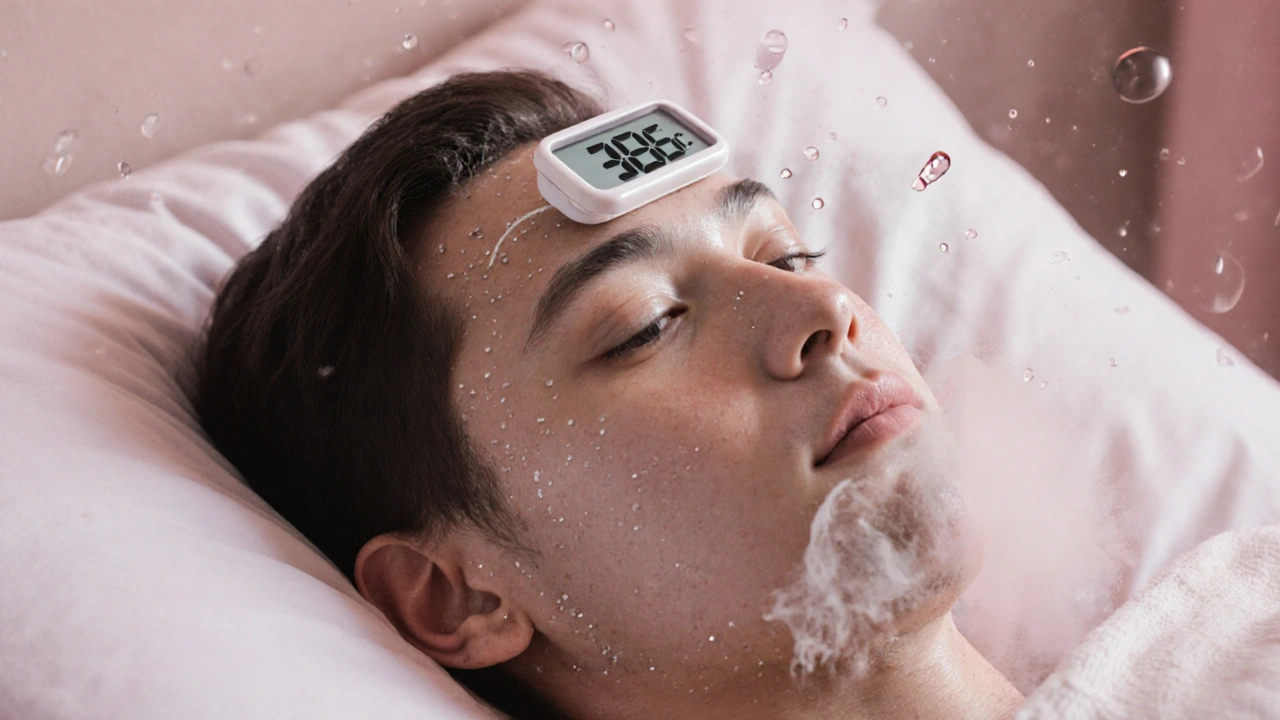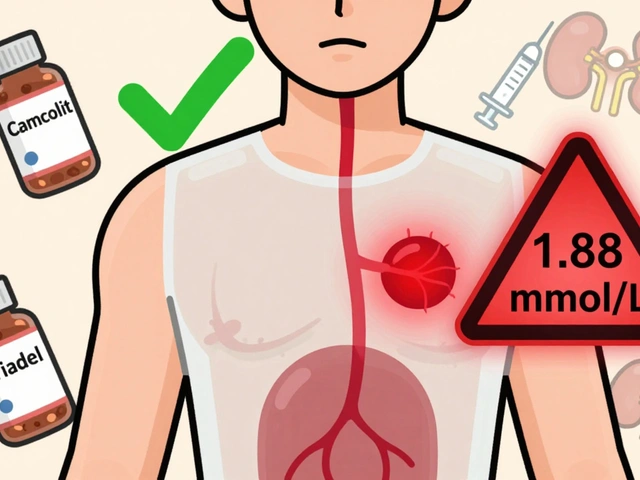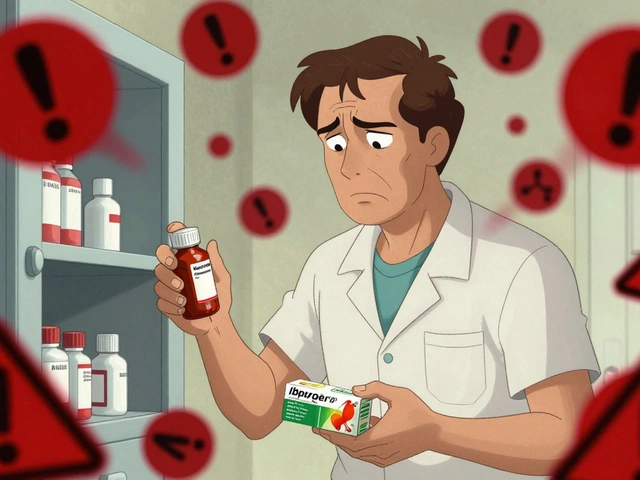Fever: What It Is, Why It Happens, and How to Manage It
When talking about Fever, a temporary rise in body temperature, usually in response to illness or inflammation. Also known as pyrexia, it signals that the body is fighting something. fever often comes with antipyretic medication, drugs that lower temperature like ibuprofen or acetaminophen, follows an infection, the most common trigger, ranging from viral colds to bacterial pneumonia, and is confirmed by proper temperature measurement, using oral, tympanic or infrared thermometers. Ignoring dehydration, fluid loss that can worsen heat can turn a mild rise into a serious problem. Understanding these links helps you decide when home care is enough and when professional help is needed.
Why Does Fever Happen?
Fever isn’t just a random spike; it’s the body’s thermostat reset. When an infection invades, immune cells release pyrogens that tell the brain’s hypothalamus to raise the set point. This higher set point forces muscles to shiver, boosting heat production. Inflammation from injuries or autoimmune flare‑ups also releases similar signals. Even certain medications or vaccines can nudge the temperature upward. So the simple equation is: infection or inflammation → pyrogens → higher set point → fever. This chain shows why treating the root cause, not just the symptom, matters for lasting relief.
Measuring the rise accurately is the first step in deciding what to do. A reliable temperature measurement method gives you a clear number to track. Oral thermometers are quick for adults, while ear or forehead devices work well for kids. Remember, a reading above 38°C (100.4°F) generally counts as a fever, but the exact cutoff can vary with age and health status. Monitoring trends, not just a single snapshot, tells you if the fever is climbing, steady, or breaking.
Once you’ve confirmed a fever, the go‑to strategy is to use an antipyretic medication if you need comfort or the temperature threatens to rise too high. Ibuprofen and acetaminophen both lower the hypothalamic set point, letting the body cool down. Choose the drug based on personal tolerance: ibuprofen works well for inflammation, while acetaminophen is gentler on the stomach. Dosage matters—follow the label or a healthcare professional’s advice, especially for children. Over‑dosing can cause liver or kidney damage, so double‑check the amount.
While medication helps, staying hydrated is just as crucial. Fever makes you sweat and breathe faster, both of which drain fluids. Drinking water, electrolyte solutions, or clear broths replaces lost salts and keeps the blood volume stable. Skipping fluids raises the risk of dehydration, which can cause dizziness, rapid heart rate, and even worsen the fever itself. Aim for small sips every hour rather than chugging large amounts at once.
If the fever stays above 39.5°C (103°F) for more than 24 hours, or if you notice alarming signs—persistent vomiting, severe headache, rash, confusion, or difficulty breathing—seek medical care. In those cases, doctors may prescribe antibiotics like tetracycline if a bacterial infection is confirmed, or other targeted treatments. Knowing when to move from home remedies to professional help ensures you avoid complications and get back to feeling normal faster. Below you’ll find a curated set of articles that dive deeper into each of these areas, from buying safe generic meds to managing fever‑related symptoms.

Fever and Dehydration: Why Staying Hydrated Matters
Learn how fever speeds up fluid loss, spot dehydration signs, and get practical tips to stay hydrated for a faster recovery.
View More




